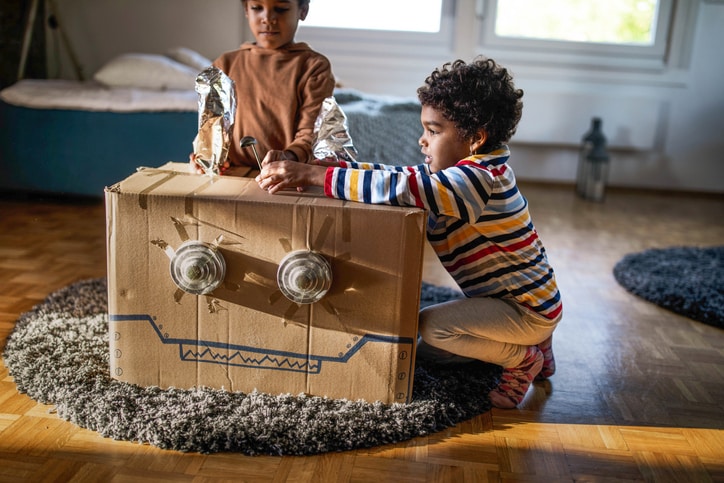STEAM and STEM are some of the biggest buzzwords in education lately. STEM is an acronym for “science, technology, engineering and maths”. Add in “art”, and then you have STEAM (“science, technology, engineering, art and maths”). As educational approaches to how we teach and learn these subjects, STEAM and STEM are increasingly popular among academics, partly due to the growing demands of a fast-changing professional world.
If this subject matter sounds too fancy or complex for kids, don’t worry — anyone can make STEAM and STEM learning activities fun and approachable for kids. Activities that focus on STEAM and STEM ideas don’t have to include advanced concepts to be educational. In fact, it’s the blend of creativity and problem-solving that helps create well-rounded children.
STEM vs STEAM: What’s the difference?
In short, the difference between STEM and STEAM is the addition of the “A”, which stands for “art”. STEAM integrates art into this learning, whilst STEM does not.
Why the addition of art? Well, the subjects of science and maths are often misunderstood as prioritising memorisation over creativity, but as technology continues to advance, creativity plays a huge role. This is why the transition from STEM programmes (that don’t include art) to STEAM programmes has been so successful — all of these subjects have great potential for overlap in education.
When it comes to introducing kids to these concepts, STEAM activities are often interactive and practical, which helps children learn by doing. No matter what subject you’re introducing to a child, a participatory and experimental mindset will be a plus.
Here is a variety of fun STEM and STEAM activities for kids, which were collected from early childhood experts, parents and social media. Get kids to focus on science, technology, engineering, art and maths — and all the ways they overlap in between.
Science activities
1. Practice observing on an outdoor treasure hunt
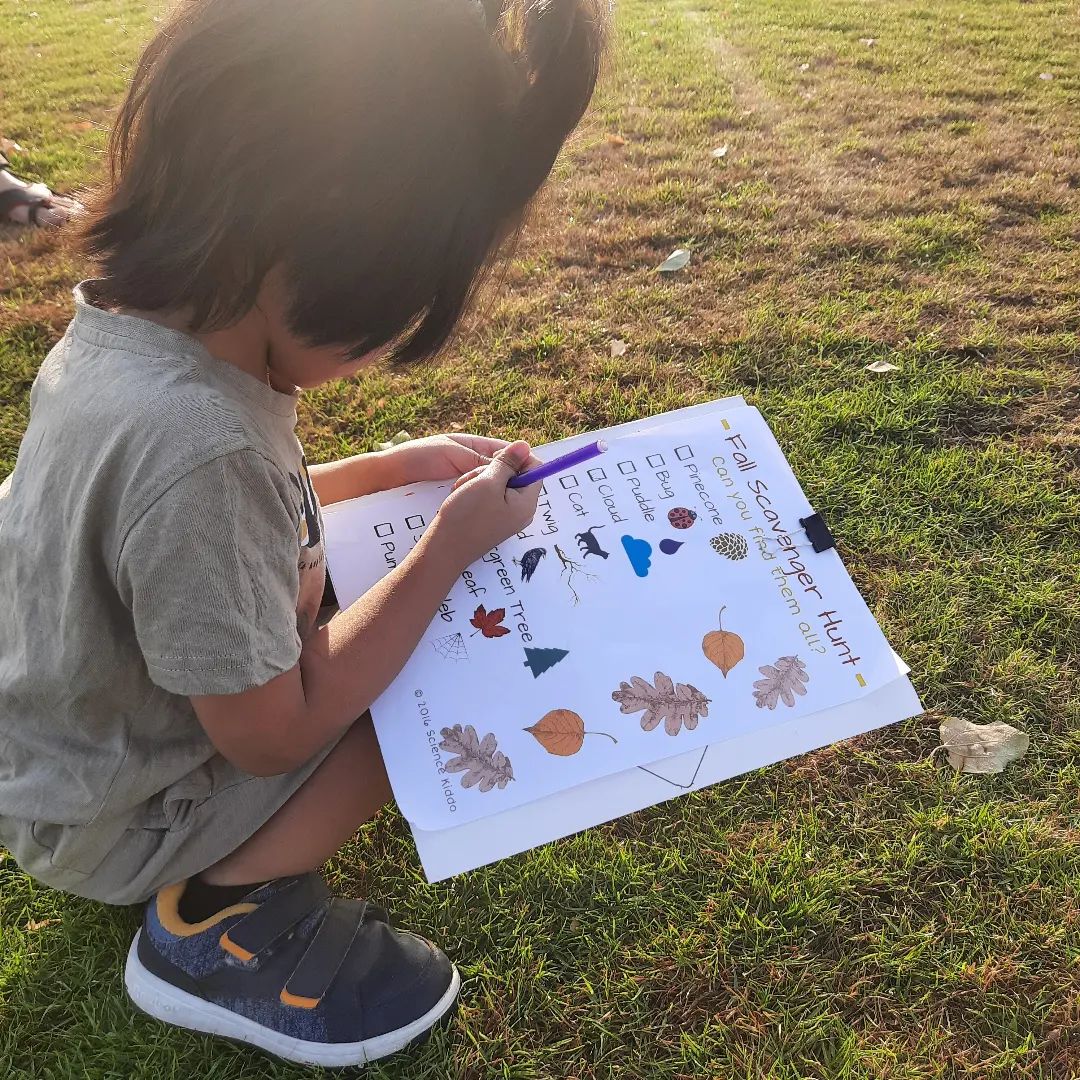
Turn a neighbourhood walk into a treasure hunt! Before leaving for a walk or hike, create a list of things you might see, including different plants, insects and natural objects. Bring a felt-tip pen and tick them off the list as you see them. This introduces kids to the essentials of scientific observation.
2. Learn to grow plants
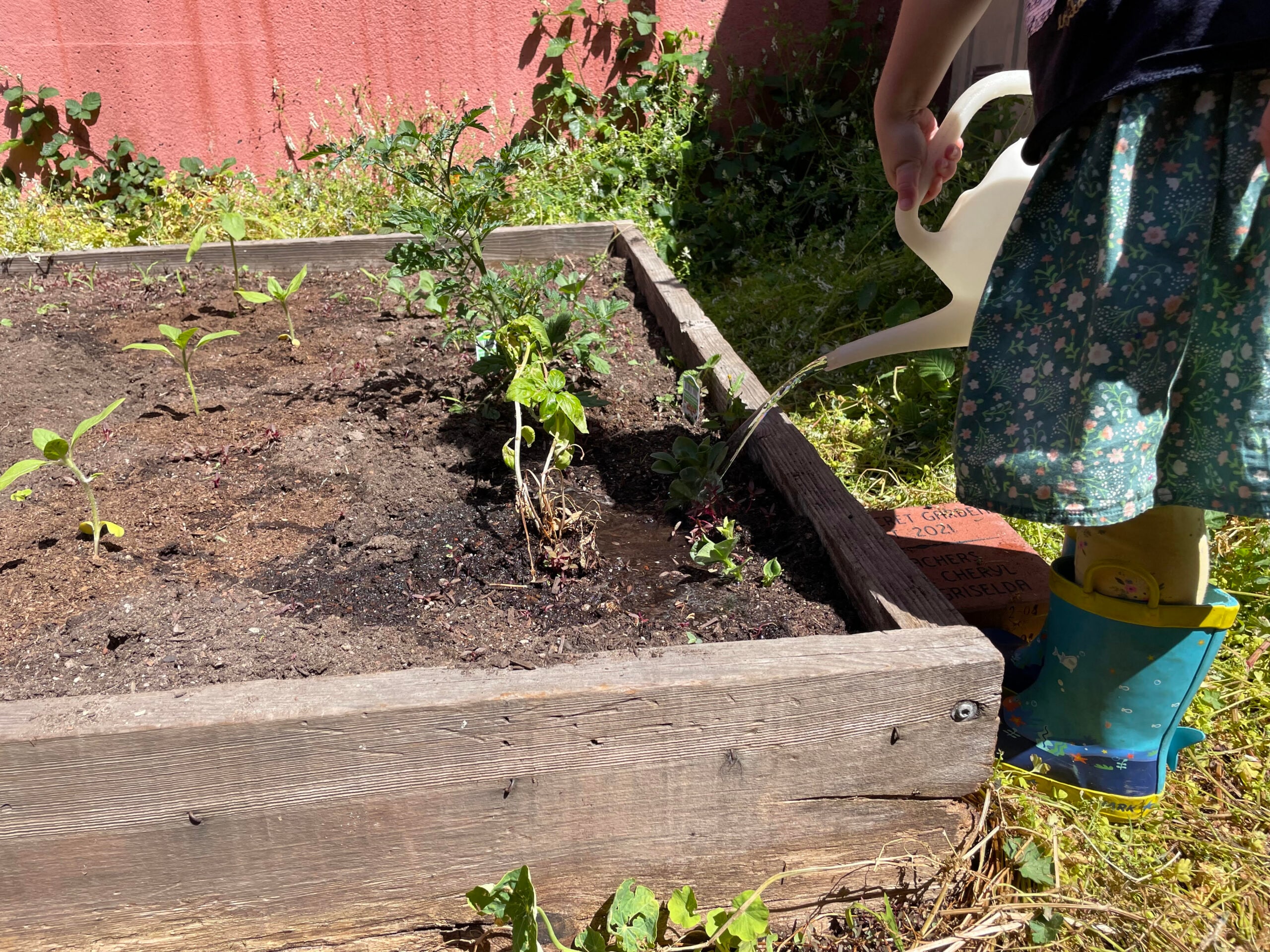
Gardening includes so many scientific processes. If you have access to a garden, show the kids how to plant seeds, water them and watch them grow over time. Engaging in this process can help them learn about how plants grow and some of the wider principles of biology. Taking regular measurements of plant growth is also a great way to have fun with maths, too.
3. Simulate a volcanic eruption
As Emily, the parent behind the TikTok handle @sandboxacademy, demonstrates, it’s easier than you think to create an exciting and colourful volcanic eruption at home — and without too much cleanup either. All you need is a lemon, some baking powder, food colouring and a straw.
Cut the lemon in half and add a few drops of food colouring to each half of the lemon. Then, spoon some baking powder onto the lemons. When you start mixing the powder into the lemon with a straw, the citrus in the lemon reacts with the baking powder to create a mini eruption that kids will love. You can even turn the volcanic eruption into an art project by putting a small canvas or piece of paper underneath the erupting lemons and seeing what they create!
4. Try the “sink or float” test
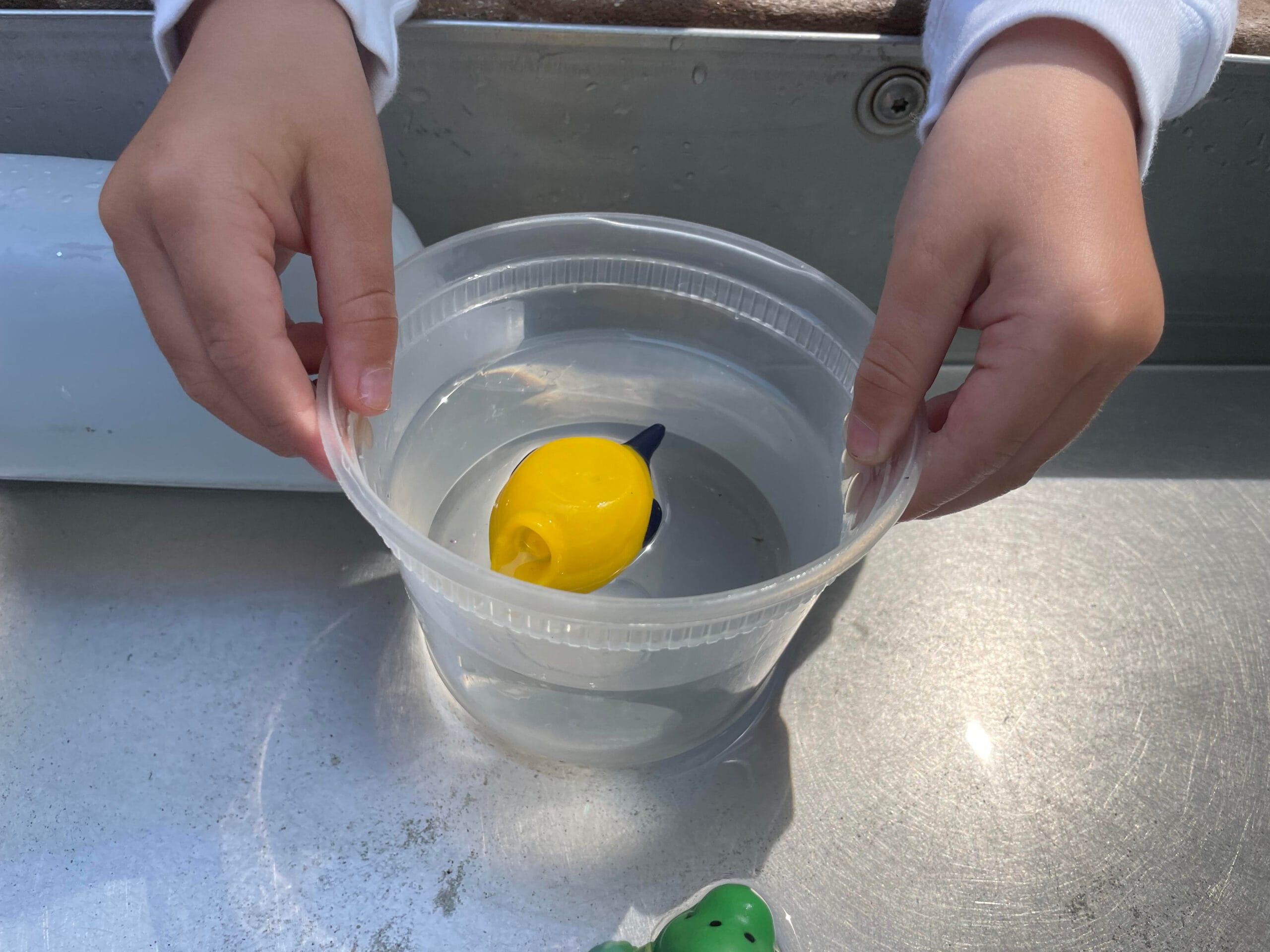
This activity is incredibly simple and can incorporate a kid’s favourite toys or household items to make it more engaging for younger ones. Fill a bowl or bucket with water (or run a bath!) and collect a few items that can get wet, like a dinosaur toy or a building brick. Then, have kids make predictions about which items will sink and which will float. This helps them discover the concept of a “hypothesis”, develop their own and test it out in a fun and interactive way.
Technology and engineering activities
5. Make friendship bracelets (in binary)
Whether a younger child is mesmerised by computers or an older one is already fully immersed, it’s a good time to teach them the basics of computer language (aka binary code). Beaded friendship bracelets are a fun way to introduce kids to the concept of binary in coding, and much more approachable than starting with lots of dull zeros and ones.
Start by grabbing thread and choosing two colours of beads for the bracelet. Decide which colour will represent zero and which will represent one. Then use a binary letter chart (check out this free Binary Code Alphabet download) to match up the letters of the child’s name with the corresponding binary code. Help kids put the beads on the bracelet in the same order as the binary code, and their bracelet will end up spelling out their name in binary!
6. Plan and assemble a fort
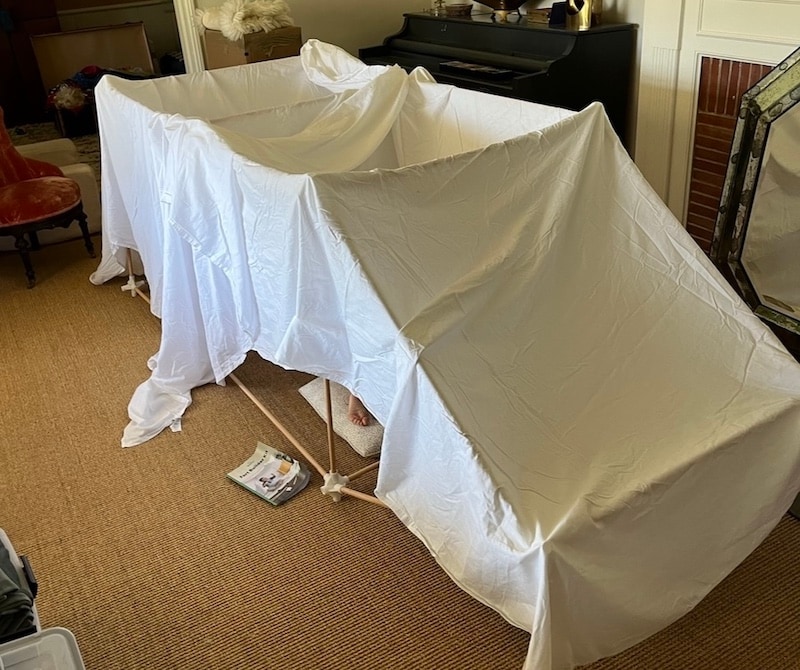
Pillow forts can be an amazing showcase of complicated engineering! Take your basic pillow fort to the next level by encouraging kids to come up with their own ideas about how to make a bigger and better pillow fort. Encourage kids to use their imaginations, and your pillow fort could become a castle, a cave, a mansion with multiple rooms — the possibilities are endless.
7. Build a house (that the wind can’t blow down)
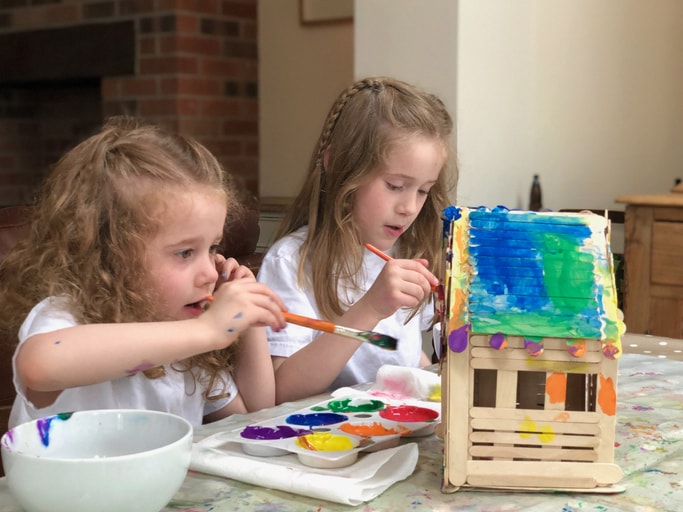
Get your kids to build a house out of craft materials and see how structurally sturdy they can make it. Put out some art supplies like lolly sticks, toilet roll tubes, pipe cleaners or recycled materials (empty tissue boxes work well) and ask the kids to get to work. A fun way to put the structure to the test to see if it withstands a strong breeze (try your best to blow it down or grab a fan to make it even harder).
8. Code a Lego maze
Did you know kids can start learning coding basics without even using a computer? You can use Lego to create a maze and practise coding. Start by building a maze out of Lego (or any small blocks you have around the house). Then, cut out small squares of paper and write commands like “turn right” or “go forward” on them. Pick a small toy or figure to travel through the maze, and kids can choose commands to get them through the maze. At the end, they can see all the steps (or more precisely, the coding) needed to complete the maze.
9. Engineer a boat
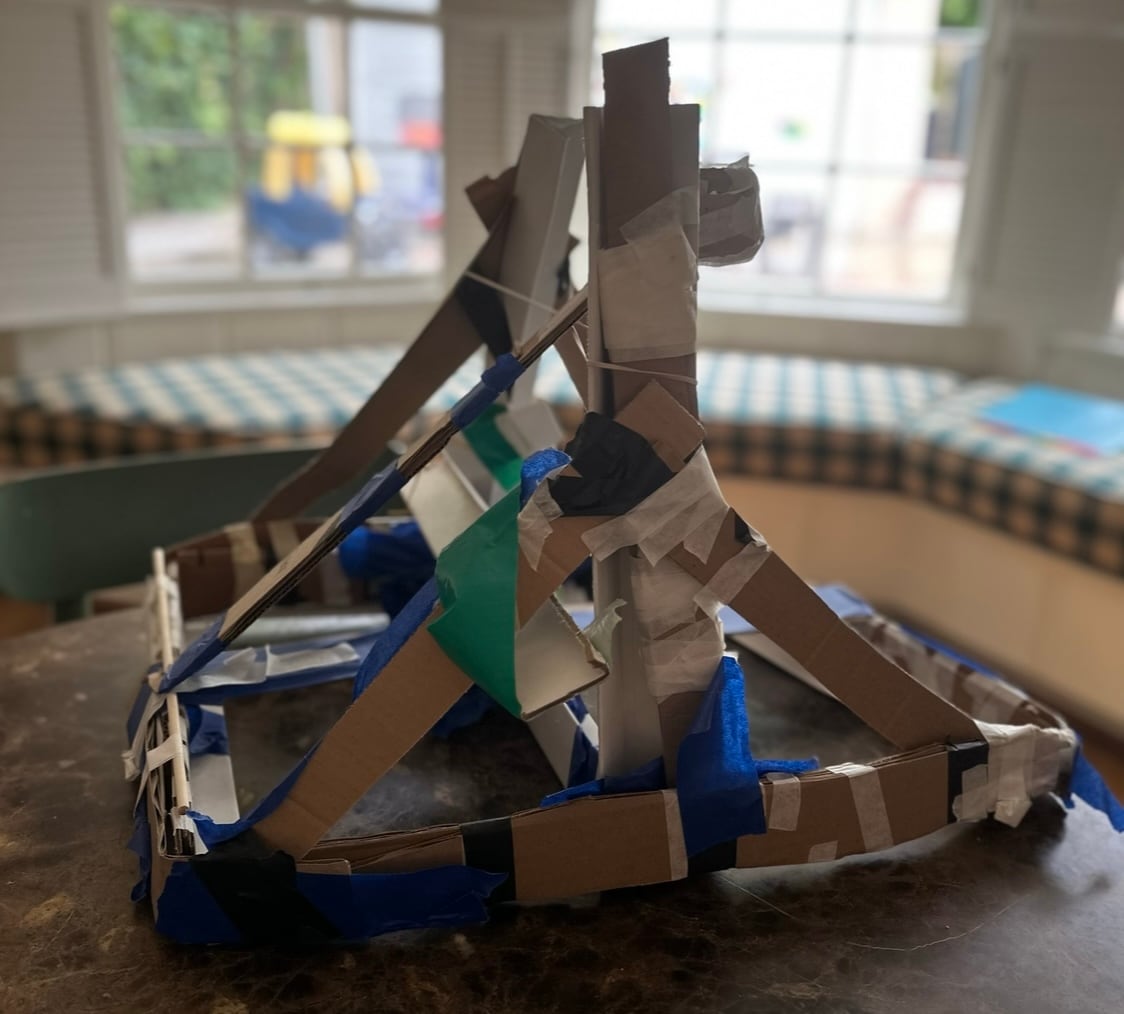
Get the kids to build a boat that actually floats. Make sure to give them a variety of recycled materials so they can test out what will work and what won’t. Fill the bath or sink and try it out. You can bring their favourite toys on board to add an element of intrigue.
Not only does this teach about engineering and the science of floating, but it also encourages children to try many ideas and learn from their mistakes — an important STEAM tool.
10. Build with cardboard
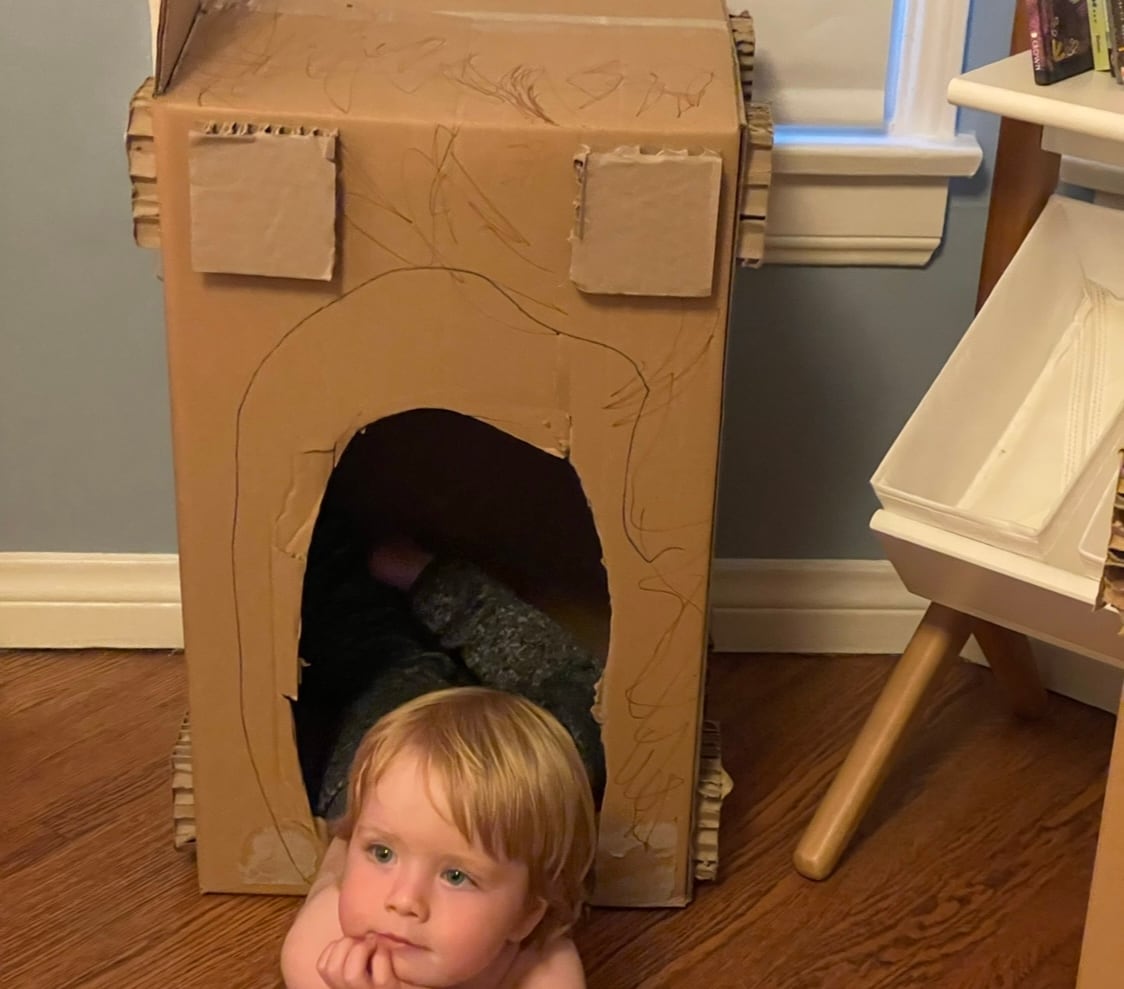
If cardboard packaging is piling up in your recycling bin, there’s no better way to reuse it than to let kids turn it into something new. Cardboard boxes can be used as perfect structural material to build castles, spaceships, cars — anything little ones can imagine!
Art-infused activities
11. Create with origami
Origami and paper-folding creations are artistic and require engineering, too, making them a creative way to learn about structure. Buy some origami paper and show kids how to follow the instructions to make different animals and shapes, or watch a how-to video on YouTube. For little ones who aren’t ready for multi-step instructions, give them some coloured paper and see what they’re able to make by folding it.
12. Paint with salt
This salt-painting art project lets kids get creative whilst learning about science. This works best for toddlers if you set it up for them beforehand, but older kids can participate in the setup process.
Use glue to draw a shape on a piece of paper, like the turtle made by Peeja, the parent who runs the TikTok account @nhfzslhdn. Then cover the glue with salt and let it dry. Next, put out a few small cups of water dyed with food colouring. Give the kids plastic droppers so they can drop colourful water onto the salt drawing, and they’ll discover that the salt absorbs the water and creates a beautiful piece of art.
13. Make nature collages
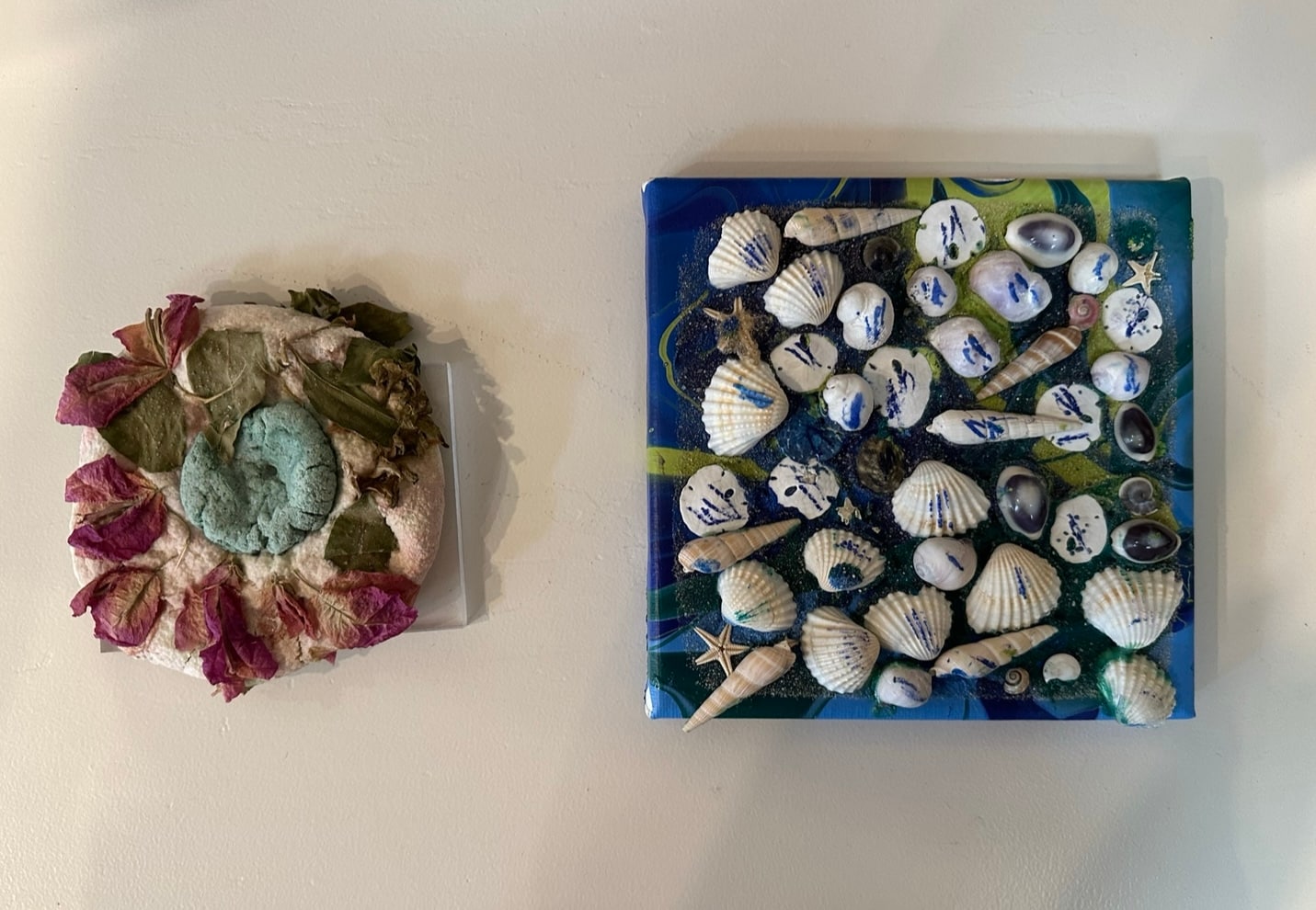
You can use this idea in conjunction with your outdoor treasure hunt, or do it on its own.
Get the kids to collect the coolest-looking leaves, flowers, sticks or anything interesting they find on a walk or hike. When you get home, give them paper and glue or tape, and let them create an artistic masterpiece using the materials they’ve collected.
Maths (and logic) activities
14. Turn food into fractions
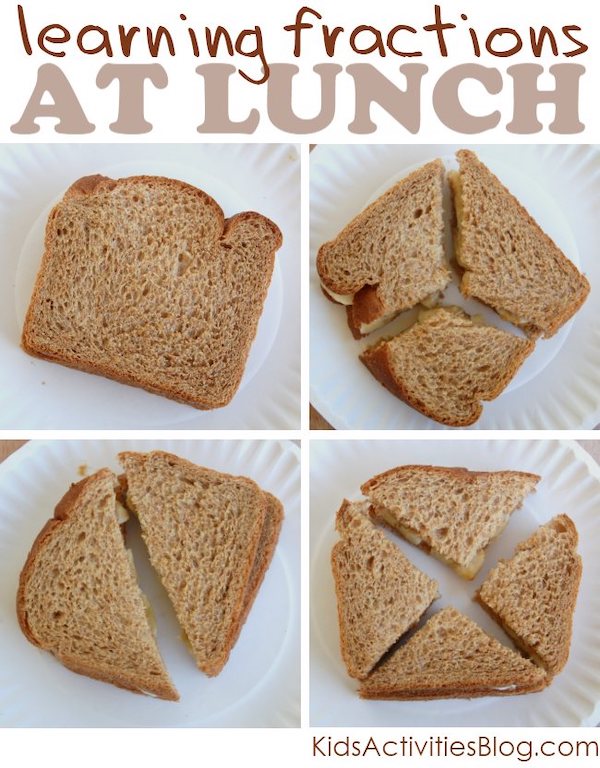
You can use almost any food to introduce fractions to kids of any age. For example, as shown on the Kids Activities Blog, you can make a cheese sandwich or toastie and talk the child through it as you cut the sandwich into halves and then quarters. For an easier way to explain fractions to beginners, say “one out of four” rather than “one quarter”.
15. Do puzzles
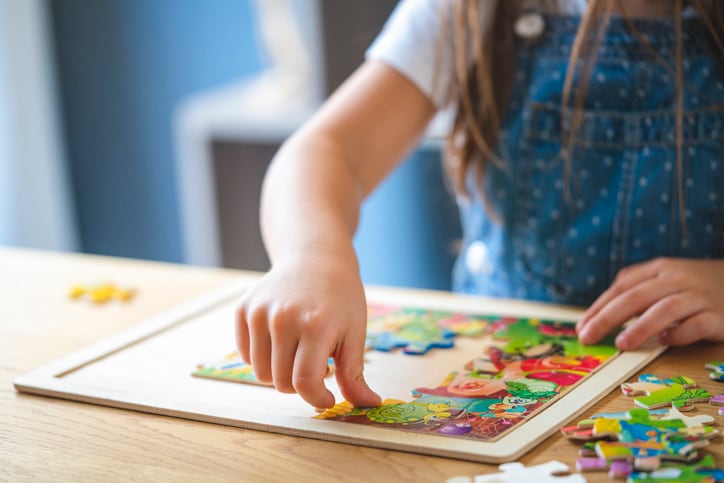
Puzzles create an opportunity to have fun with maths and related ideas like shapes, sizes, matching and spatial reasoning.
You can find simple jigsaw puzzles for young kids, or ask them to help you out with a larger one by finding pieces with certain colours for you.
16. Match the stickers
This fun activity demonstrated by parent Sarah Izzard, aka @sarahizzard on TikTok, reinforces learning about colours and shapes and gives kids a chance to practise matching whilst keeping their hands busy for a while.
Set the project up by grabbing a big piece of paper or cardboard and creating a large shape made up of many tiny circles of different colours. Older kids can draw these out for little ones too. Then, give the kids a few sheets of coloured circle stickers (you can get them cheap in bargain shops) and have them fill in all the circles with stickers of the same colour. By the end, the bigger shape or drawing you created will be revealed.
